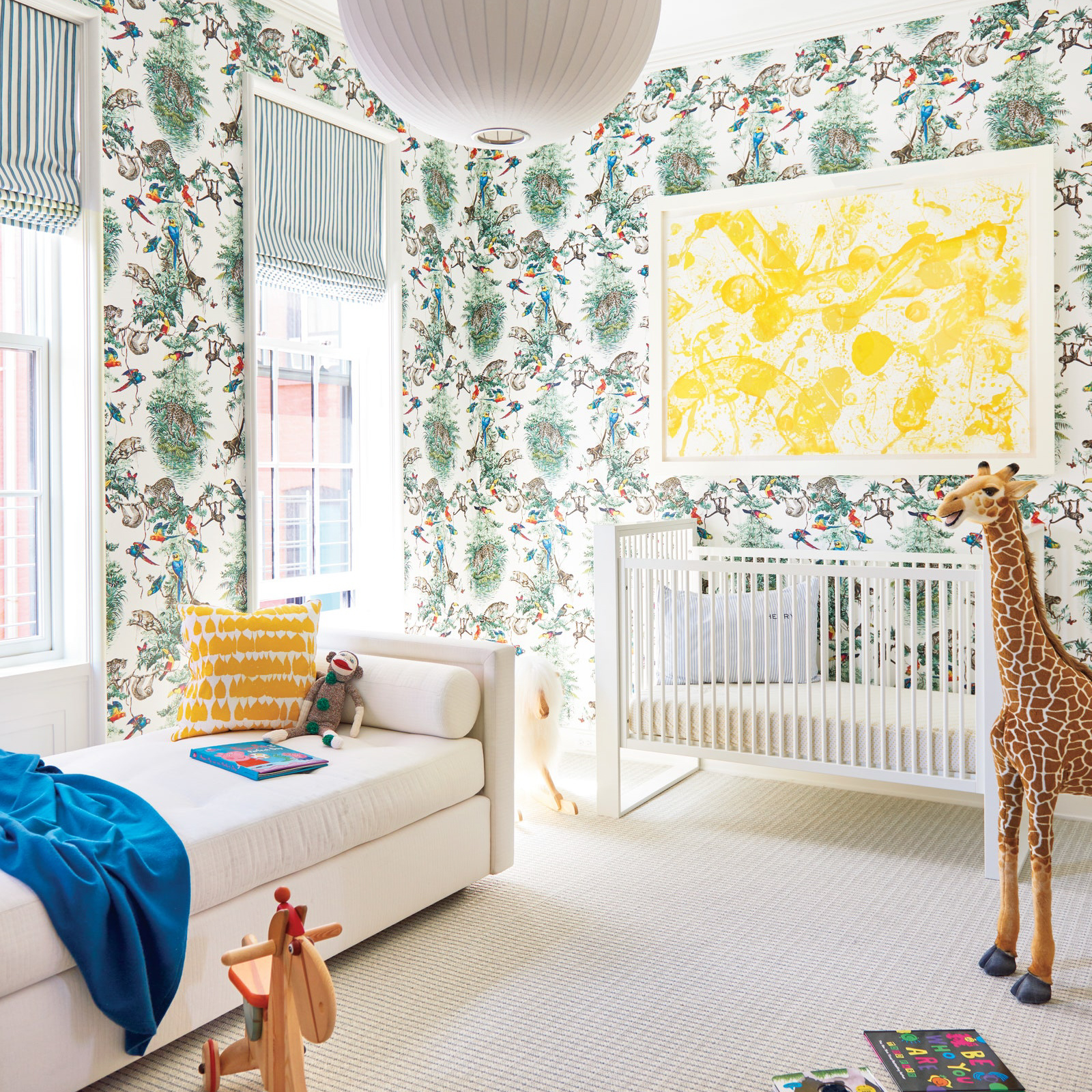
Shattering Beauty: The Art of Cut Glass Bulbs
The History of Cut Glass Bulbs
Cut glass bulbs have a long and intriguing history. The art of cutting glass emerged in Europe in the 16th century, and was originally used to decorate mirrors and other glass objects. However, it wasn’t until the 19th century that cut glass bulbs became popular as a way to create beautiful and elaborate lighting fixtures.
Early cut glass bulbs were made by hand, and each one was a unique work of art. The glass was shaped and cut using special tools, and the resulting patterns would refract light in stunning ways. As the demand for cut glass bulbs grew, manufacturers began using machines to produce them in larger quantities. This allowed for more intricate designs, such as the popular star and diamond patterns.
The Beauty of Cut Glass Bulbs
Cut glass bulbs are known for their stunning beauty and timeless elegance. They are often used in chandeliers and other lighting fixtures, where their intricate patterns can be admired from all angles. The way that cut glass bulbs refract light creates a dazzling effect that adds a touch of luxury to any room.
Cut glass bulbs come in a wide variety of shapes and sizes, and can be customized to suit any design style. From traditional chandeliers with cascading crystal chains to modern fixtures with sleek, geometric shapes, cut glass bulbs have a place in any home.
The Manufacturing Process
While many cut glass bulbs are still made by hand, most are produced using machines today. The manufacturing process starts with a piece of clear glass that is heated and formed into a bulb shape. Once the bulb is cool, it is transferred to a cutting machine, where it is shaped and polished.
The cutting machine uses a diamond-tipped tool to cut the intricate patterns into the glass. The tool is controlled by a computer, which ensures that each cut is precise and identical to the others. Once the cutting is complete, the bulb is polished to give it a smooth and shiny finish.
Maintaining Cut Glass Bulbs
Cut glass bulbs are delicate objects that require special care. They should be cleaned regularly with a soft, dry cloth to remove dust and fingerprints. If they become dirty or stained, they can be washed gently with a mild detergent and warm water. It’s important not to use harsh chemicals or abrasives, as this can damage the glass.
When handling cut glass bulbs, it’s important to be gentle and avoid any sudden movements or impacts. If a bulb does become damaged, it should be replaced immediately to prevent further damage to the fixture.
Cut glass bulbs have a long and fascinating history, and are still beloved today for their stunning beauty and intricate designs. Whether used in a grand chandelier or a small sconce, they add a touch of luxury and elegance to any space. By understanding the manufacturing process and how to care for cut glass bulbs properly, you can enjoy these exquisite objects for years to come.


